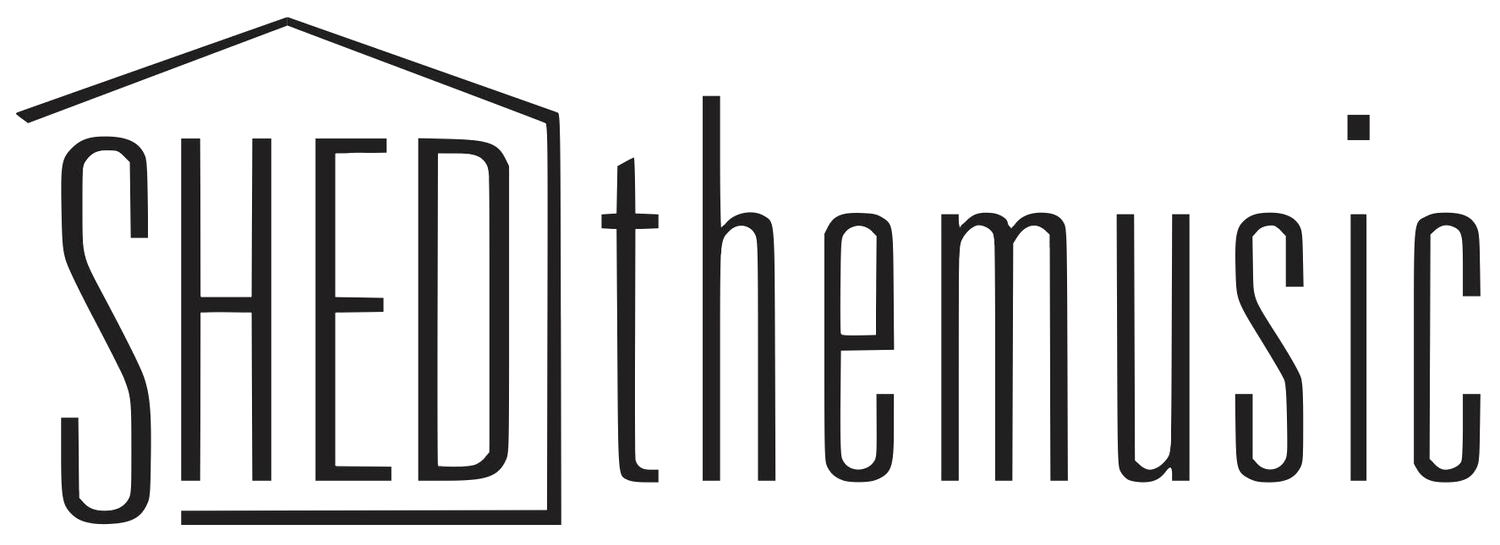1.3 | Beat Map Reading
Learn
Rhythm is the organization of notes in time. Each note has a beginning (attack), middle (sustain), and end (release). The empty spaces in between notes are called rests. Each rhythm is a combination of notes and rests. Rhythms should be performed with a steady beat so both the audience and the musicians can groove together.
Four States of Rhythm: Attack, sustain, release, and rest.
Attack: The beginning of a note.
Sustain: The middle of a note.
Release: The end of a note.
Rest: A period of musical time when a note isn’t played.
Syncopation: An attack on a weak beat without an attack on the strong beat before it.
Read
Your hands come together on each note’s attack, stay together during the sustain, and come apart on each release.
Choose a beat map example.
You can view them all on This Page →.
You can also view the examples in the carousel below.
Practice counting and clapping the rhythms with the metronome.
You can also write your own rhythms using These Blanks →.
click the arrows to navigate through the examples.
Record
Choose a beat map example.
You can view them all on this page →.
You can also view the examples in the carousel below.
click the arrows to navigate through the examples.
Add a piano instrument (add new track > add piano and keyboard).
Practice reading the rhythm while playing middle C on the piano keyboard while counting along with backing track.
C is the note to the left of the two black keys, and middle C is the one in the middle of the piano keyboard.
Press the key down on each note’s attack, hold the key down during the sustain, and lift the key on the release.
Ear Train
Transcribe the rhythms of the drum grooves below.
Listen to the four-measure examples and memorize the clap pattern.
Copy the clap pattern on a Beat Map Transcription Blank →.
Reggaeton Pop
Big Sky Guitar
Synth Bass
Compose
Write and record a kick bass part to complete the beat above.
Compose a kick bass rhythm using The Kick Bass Organizer →.
Open the Soundtrap template.
Add new track > Guitar + Bass > Bass - Kick (808) > 808 Tape.
Practice counting and playing the kick bass line using the MIDI keyboard using the lowest note on a 49 key MIDI keyboard (C2). You can alternatively use the “Z” key on the typing keyboard.
Record the performance.
Quantize the recording to the correct subdivision.
Alter the end of the note to match the organizer.
Share To Classroom

























